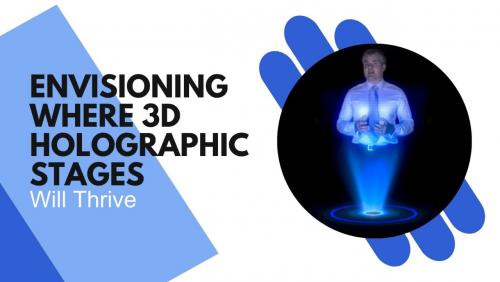Exploring the Impact of Digital Twins Technology in 2024
Now that we are in a new year, everyone is enthusiastic about the new technologies that are already emerging. A field that has recently been drawing a lot of interest is the area of digital twins. These are the actual replicas of the physical objects or systems and have become essential in industries and have altered the modes of operations in the world. In this blog, we will describe how digital twins will change the world by 2024 and how this concept will develop different fields.
5 Key Impacts of Digital Twins Technology in 2024
Increasing Industry Adoption
Digital twins are growing in popularity at an unprecedented rate since more and more organizations are using them;, as stated by McKinsey, 75 percent of enterprises already apply DTs. This is because the actual benefits of digital twins include; shortened time to market, reduced operational and maintenance costs, enhanced product reliability, and support sustainability. Hence, it has been seen that companies have evolved from just exploring and are now effectively integrating digital twins into their activities.
Technology Fusion and AR/VR
Another emerging aspect of the digital twinning is the integration of the different technologies. The application of Artificial Intelligence (AI), the use of the Internet of Things (IoT), and Augmented Reality (AR)/Virtual Reality (VR) is creating new ways that are transforming the decision-making process in organizations. For instance, Siemens, NVIDIA, and GE are applying digital twins and AR/VR to create products of the future. Both of these technologies will only grow from here on out, which will allow for the creation of an industrial metaverse.
Sustainability Goals and ESG
The last but equally important aim that organizations are turning to digital twins for is the achievement of sustainability goals. The organizations are looking for solutions that can help in attaining ESG goals and here the digital twins can be of great use. Therefore, digital twins as a tool that helps to do more with less throughout the design and into implementation and the ongoing management can help to cut down on waste and enhance energy efficiency in business activities. This trend of sustainability will only help in the further development and application of digital twins in different industries
AI Adoption and Predictive Maintenance
The application of AI into digital twins is now used for the prediction of maintenance and enhancing operations. Some of how self-learning systems can be applied include such uses as in the determination of risk factors that may cause asset downtime, developing plans of action for various conditions, and even assisting in the training process. Some of the modern car manufacturers such as BMW and GM are using digital twins and artificial intelligence in crash tests and the enhancement of aerodynamics. This relationship will progressively enhance as other industries will try to get the best out of both AI and digital twins.
4. Beyond Manufacturing
While earlier the application of digital twins was limited to the manufacturing industry, they are now being applied in other industries as well. For instance, GE is using digital twins in energy where it is constructing a digital copy of a wind farm. Hence, digital twins have been used in the health sector where virtual patients are created for surgery preparation and practice. These applications will also help grow the digital twin market even further.
5. Cognitive Digital Twins and Generative AI
This concept of cognitive digital twins is gradually gaining prominence with generative AI as the input for data-driven real-time information and its further enhancement. This can assist in reducing the flaws that exist in the design, construction, and application of dynamic business models, which in turn enhances the quality of the data that is being collected and the analysis of the same. Generative AI models are applied for predicting equipment failure using historical data of the equipment or faults and are one of the components of the digital twin.
Conclusion
In conclusion, we can state that the use of the described approach in 2024 will be very important and efficient. Thus, it can be stated that as industries continue to engage and connect with their digital twins, there will be a lot of improvements in efficiency, sustainability, and innovation.



Comments